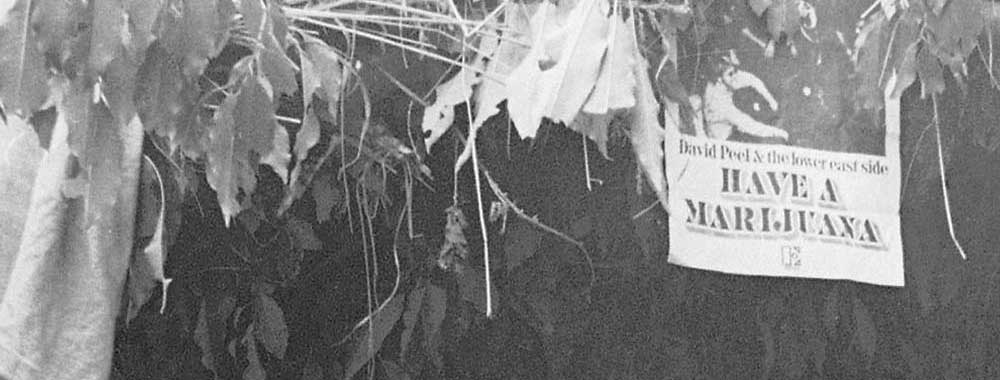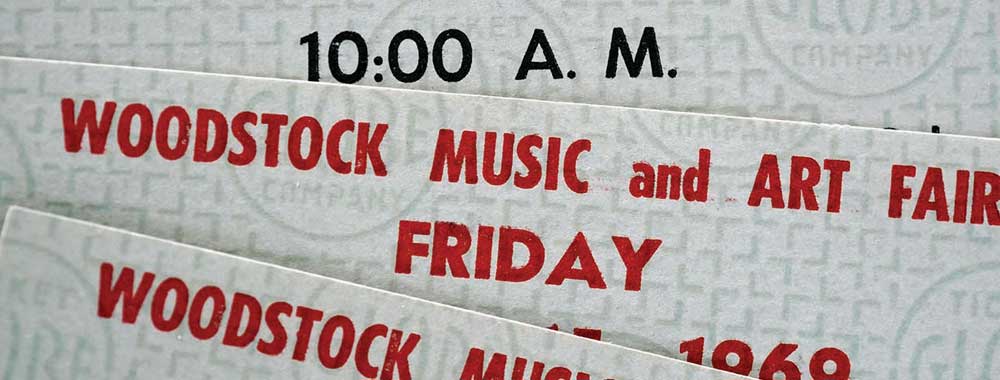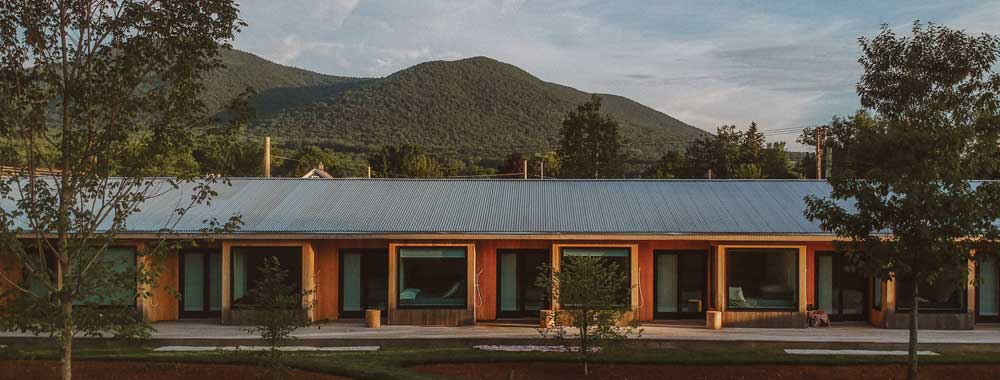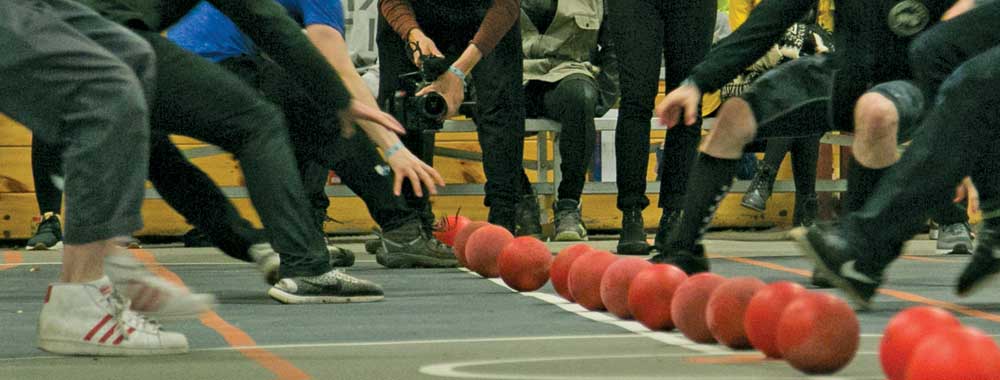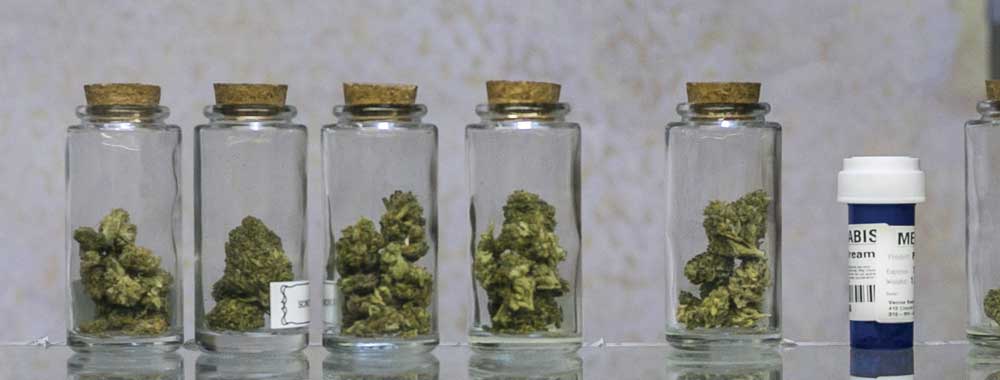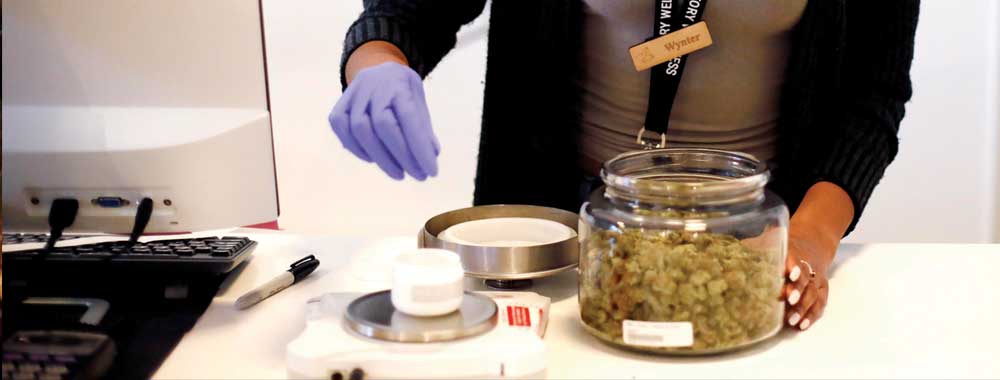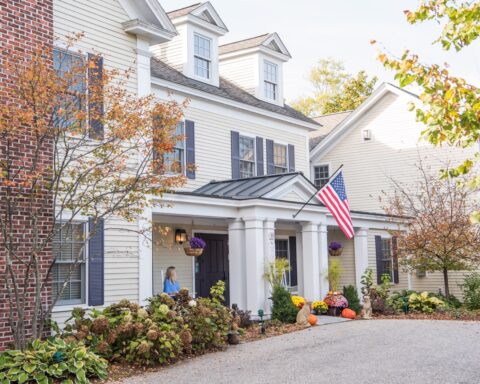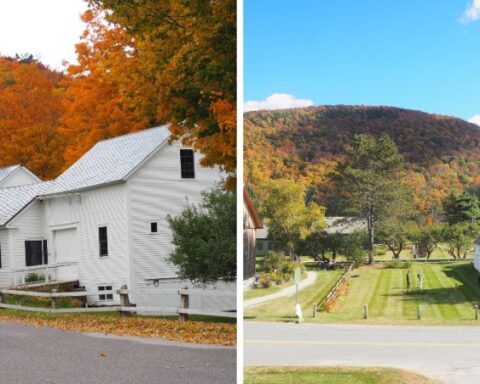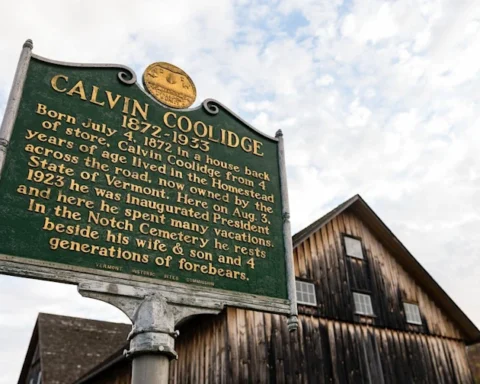
By Kristin Palpini
GREAT BARRINGTON, Mass.
You can almost see Martin’s mouth watering as he talks about weed from back in the day.
In the 1970s, marijuana was simple, he says while waiting in line outside Theory Wellness.
Martin (not his real name) has been getting high for 47 years. He says there weren’t as many hybrid flowers on the black market when he first started smoking. It was mostly “land strains” — cannabis grown in its native environment that has never been crossed with another plant — that were available.
All the crossing of marijuana varieties toward the goal of making high-potency, more appealing weed has made the flavor and effect of the plants too similar, he says. Martin pines for the days when weed strains were more distinct.
“The taste has been affected, it’s not as good,” said Martin, a New York Yankees fan from upstate New York. “When you got a land-strain from Thailand, it was wow. The Maui Wowie from Hawaii, that was really something special.”
But not everyone has nostalgic weed memories.
Nate’s early weed-smoking experience wasn’t as tasty as Martin’s. In his late 30s, Nate has been using cannabis for 20 years. He says the marijuana he was smoking in the 1990s was the color of “motor oil.”
“It was gross. You can’t get that now. No one wanted it to begin with,” he said while waiting in line outside at Theory Wellness.
Today, Nate seeks out weed designed for relaxing. The cannabis is far stronger than the schwag he was smoking earlier, but as Nate notes, “so am I.”
Marijuana has become wildly more potent and homogenized since the 1970s. Cannabis’ high got a shot in the arm in the 1980s when hydroponics started a growing movement in America that valued chemical density and small size. International weed imports began to decline. In the 1990s, the demand for strong weed put pressure on the black market and marijuana’s potency began to rise at 4% to12% per year, according to a 2016 U.S. study of 38,000 marijuana samples taken from 1995 to 2014.
This shift included a decrease in cannabis’ more medicinal chemical, cannabidiol or CBD, in favor of the chemical that produces a high, THC. The same study found that in 1995, the ratio of CBD to THC was 1:14 in most weed, but in 2014 the ratio was 1:80 THC.
“You just use a little self-restraint,” Nate said. “You can’t always be high and you can’t always be super-high.”
Further reading
A buyer’s guide for purchasing legal marijuana in the Berkshires: The rules have changed.
What’s happening around New England: Legal shifts across the region
Kristin Palpini Is a Western Massachusetts journalist with more than 15 years experience. She was the editor of the Valley Advocate before coming to The Berkshire Eagle in 2017. Palpini loves to travel, say “ya’ll” more than any MA-native should, and research.
